<Back to Index>
- Architect and Urbanist Charles De Wailly, 1730
- Architecte Ordinaire des Bâtiments du Roi Louis François Le Vau, 1613
PAGE SPONSOR
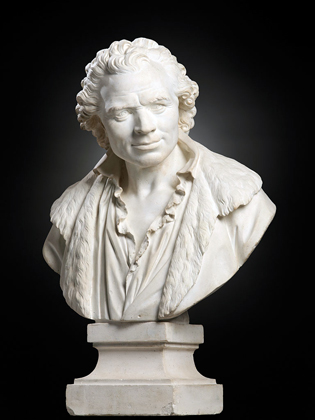
Charles De Wailly (November 9, 1730 – November 2, 1798) was a French architect and urbanist, and furniture designer, one of the principals in the Neoclassical revival of the Antique. His major work was the Théâtre de l'Odéon for the Comédie - Française (1779 – 82). In his designs, De Wailly showed a predilection for the perfect figure, the circle.
De Wailly was born in Paris.
Starting in 1749, he was the pupil of Jacques - François
Blondel at l'École des Arts, where he met William
Chambers and had as a schoolmate Marie - Joseph Peyre;
later he studied with Giovanni Niccolò Servandoni and with
Jean - Laurent Le Geay. After having obtained the Prix de
Rome for architecture in 1752 he went to the French
Academy in Rome for three years until 1755, sharing his
prize with his friend Pierre - Louis Moreau - Desproux.
Both participated in the excavations at the Baths of
Diocletian. In Rome, De Wailly founded a friendship with
the sculptor Augustin Pajou, who was to carve his bust and
that of his wife and for whom, in 1776, he would build a
house adjoining his own, in Paris.
On his return to Paris De Wailly showed his mastery of the earliest version of neoclassicism, being called the "Goût grec", by exhibiting a table with a lapis lazuli top and gilt - bronze mounts and a granite vase in the "goût antique" at the Salon of 1761; they were designed to be manifestos of a new taste, as the squib inserted in the Mercure de France states, in a "very noble style, far removed from the frippery manner ("air de colifichet") which has reigned so long in our furnishings". About 1764, for the sumptuous Hôtel d'Argenson de Voyer, which he remodeled for Marc - René d'Argenson, marquis de Voyez, in an advanced neoclassical style, he designed the gilt - bronze mounted marble and porphyry vase on pedestal that is now in the Wallace Collection, London; from De Wailly's drawings the sculptor Augustin Pajou made the wax models for the mounts.
In 1767, De Wailly was accepted as a member of the first class of the Royal Académie d'architecture and, in 1771, was accepted in the Académie royale de Peinture et de Sculpture, the only professional architect of the time to win admission, a mark of his great facility as a draughtsman. Henceforth De Wailly regularly exhibited at the Paris Salons his renderings, designs and models. He gained wider publicity when two of his designs were engraved for the Encyclopédie and two more for the monumental Description de la france of the 1780s.
His reputation abroad grew through engravings of his works; he became particularly popular in Russia, where his disciples, some of whom went to Paris to study with him directly, included Vasily Bazhenov, Ivan Starov, and Andrey Voronikhin. Catherine the Great offered him a high post in the Imperial Academy of Arts, St Petersburg, which he refused.
In 1772, he was named site architect of the Château de Fontainebleau,
jointly with Marie - Joseph Peyre. The following year, he
was authorized to leave for a long stay in Genoa, to
redecorate the seventeenth century palace of Cristoforo
Spinola in the Strada Nuova, working in tandem
with Andrea Tagliafichi: the building was badly damaged in
1942. He was to return on several occasions to work in
Italy.
Noticed by the Marquis de Marigny, brother of Mme de Pompadour and general director of the Bâtiments du Roi, De Wailly worked in the park of Marigny's Château de Menars and, thanks to his support, managed to obtain the commission of a new theater for the Comédie - Française. In 1779, De Wailly and Peyre built their most famous work, the theatre of Odéon in Paris. De Wailly also designed a project for the Opéra comique.
In 1795, he was elected to the Académie des Beaux - Arts - 3rd section (architecture), fauteuil V. With his death, Jean Chalgrin succeeded to his seat. He became conservator of the museum of painting in 1795 and was sent to Holland and Belgium to select works of art after the annexation of these countries.
He married Adélaïde Flore Belleville who, after his death, remarried in 1800 to the chemist Antoine François, comte de Fourcroy. He was the brother of lexicographer Noël François de Wailly.
De Wailly died in Paris in 1798.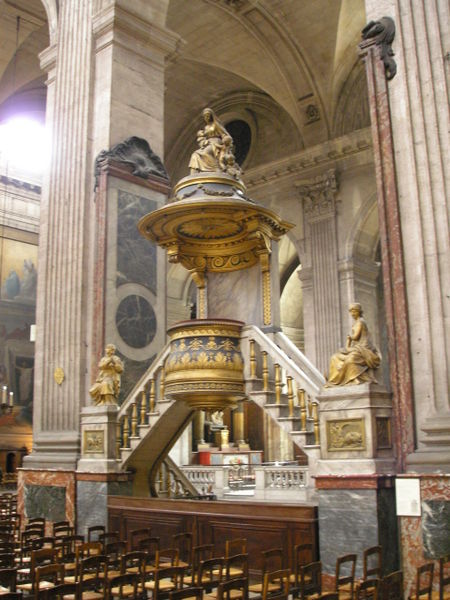
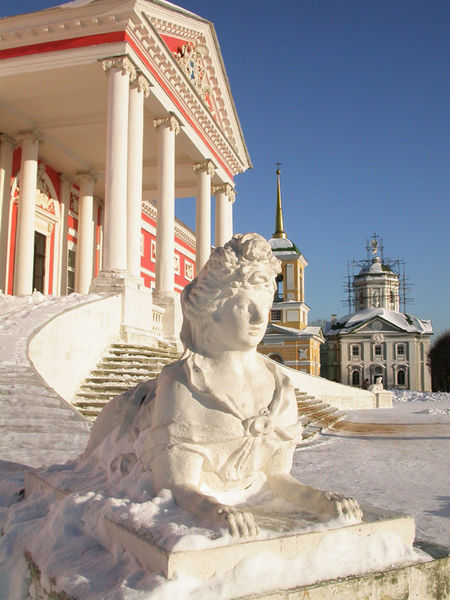
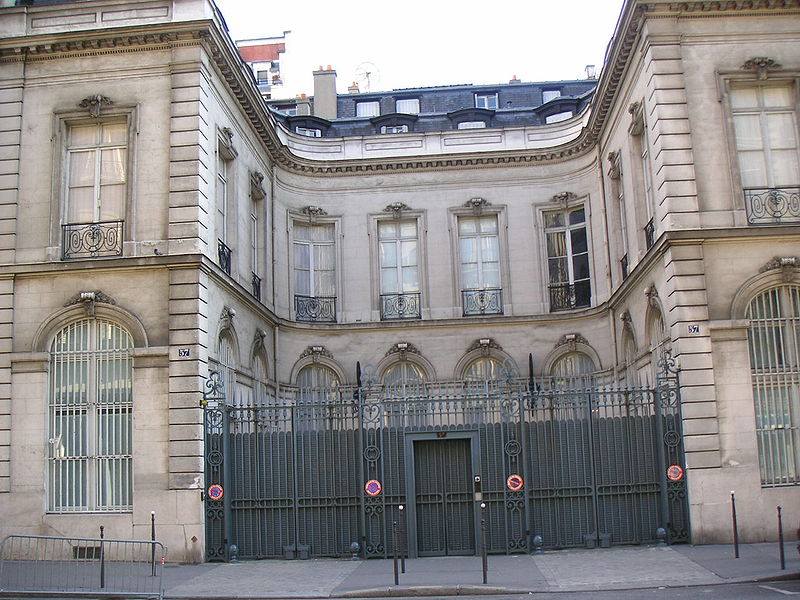
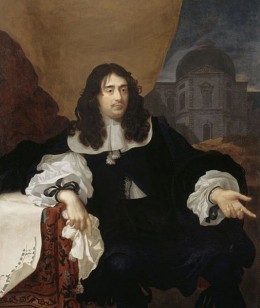
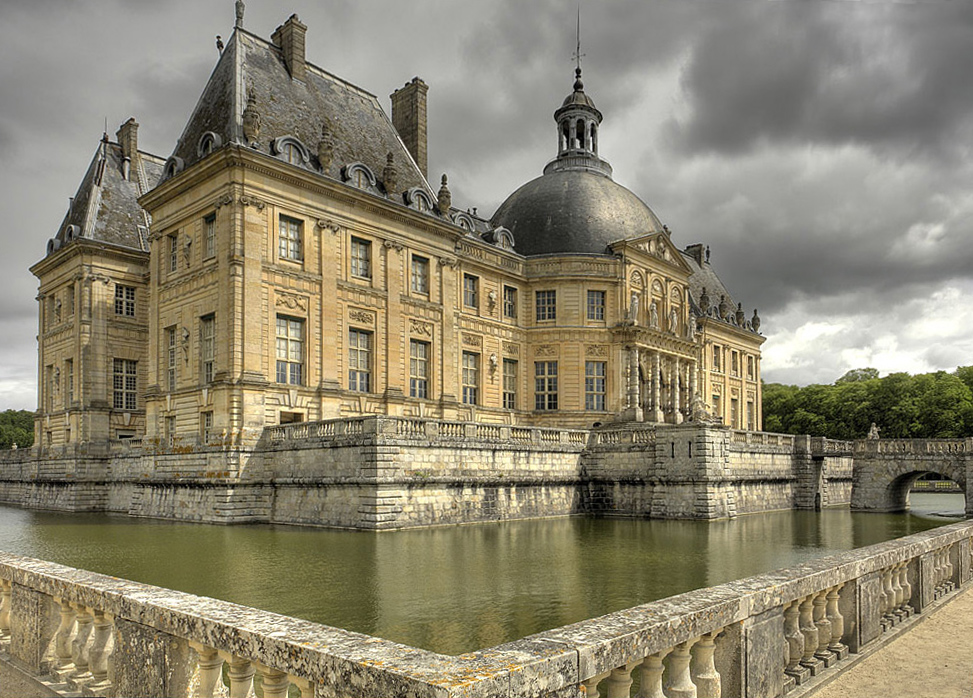
Francois Louis Le Vau was a French architect of the xvii th century (1613 - 1676), architect of ordinary buildings of the king and member of the Royal Academy of Architecture .
He is the son of Louis Le Vau (1580 - 1661), architect and royal building inspector and brother of Louis Le Vau, the first architect of King Louis XIV and the first architect of the Palace of Versailles. He remained in the shadow of his brother in history. He designed many residences and private mansions in Paris and the surrounding area. He made plans for the church of Saint - Louis en l'Ile. He participated on the same island with his brother in planning and building several hotels of one of which he was himself a resident. He also worked for the realization of royal buildings and was appointed inspector of works of art including the provinces of Tours and Orleans in 1669. In 1671, at the creation of the Royal Academy of Architecture, he was one of the first eight members of the academy.